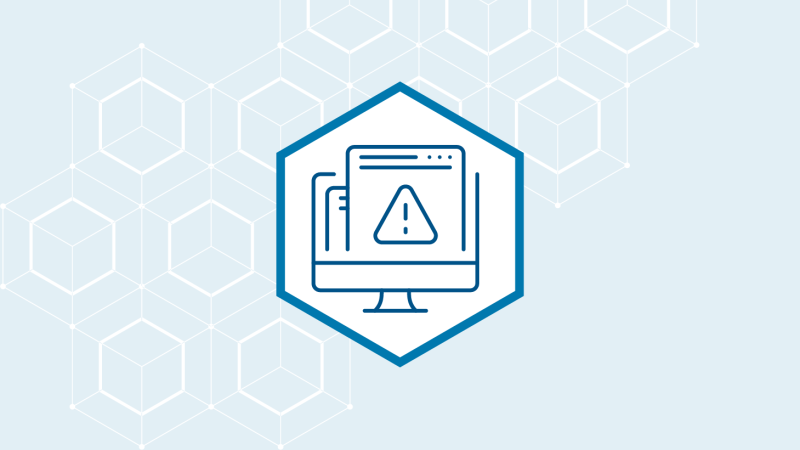
Design & Implementation
Build internal controls into 911 and NG911 systems and architecture
- National Institute of Standards and Technology (NIST) Cybersecurity Framework 2.
(NIST) NIST develops cybersecurity standards, guidelines, best practices, and other resources to meet the needs of U.S. industry, federal agencies and the broader public with activities ranging from producing specific information that organizations can put into practice immediately to longer-term research that anticipates advances in technologies and future challenges. This voluntary Framework consists of standards, guidelines and best practices to manage cybersecurity risk. - Task Force on Optimal Public Safety Answering Point (PSAP) Architecture (TFOPA) Report and Recommendations on Cybersecurity (.pdf, 2.56 MB)
(Federal Communications Commission) This report provides actions that PSAPs can take to optimize their security, operations, and funding as they implement NG911. - Shifting the Balance of Cybersecurity Risk: Principles and Approaches for Security-by-Design and Default (.pdf, 770.6 KB)
(CISA) Internet-facing systems are connected to critical systems that directly impact economic prosperity, livelihoods, and even health, ranging from personal identity management to medical care. Learn why it is crucial for technology manufacturers to make Secure-by-Design and Secure-by-Default the focal points of product design and development processes. - National Emergency Number Association’s (NENA) Security for NG911 Standard (NG-SEC) (.pdf, 880.6 KB)
(NENA) The standard establishes the minimal guidelines and requirements for the protection of NG911 assets or elements within a changing business environment. This document identifies the basic requirements, standards, procedures, or practices that provide the minimum levels of security applicable to NG911 entities and provides a basis for auditing and assessing levels of security and risk to NG911 entities, assets, or elements.
Additional Cybersecurity Resources for ECCs


For more information and resources visit Transition to NG911 or SAFECOM Resources.
Have a resource to add to the 911 Cyber Hub? Submit Resource Request











